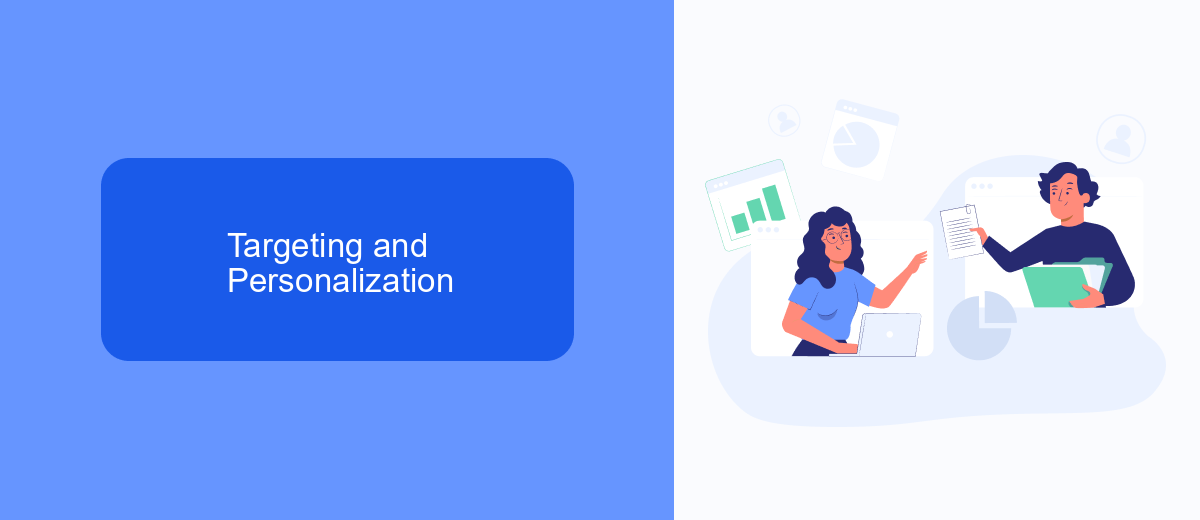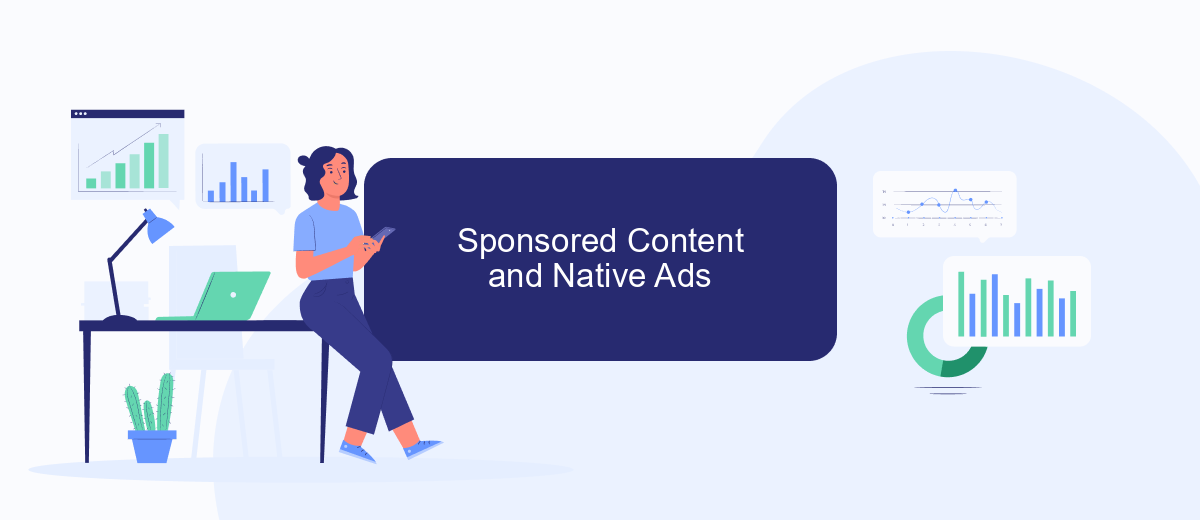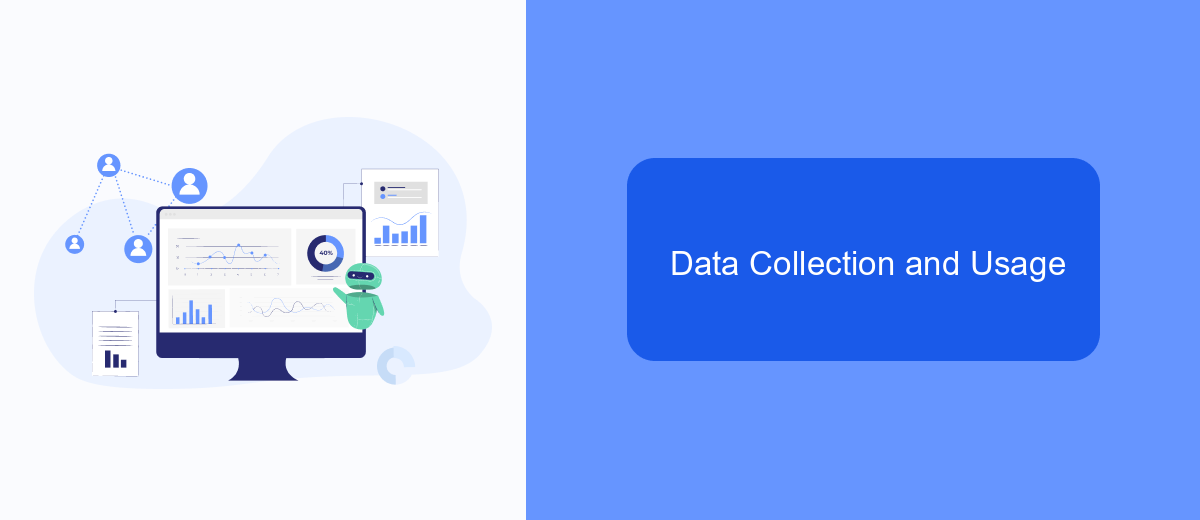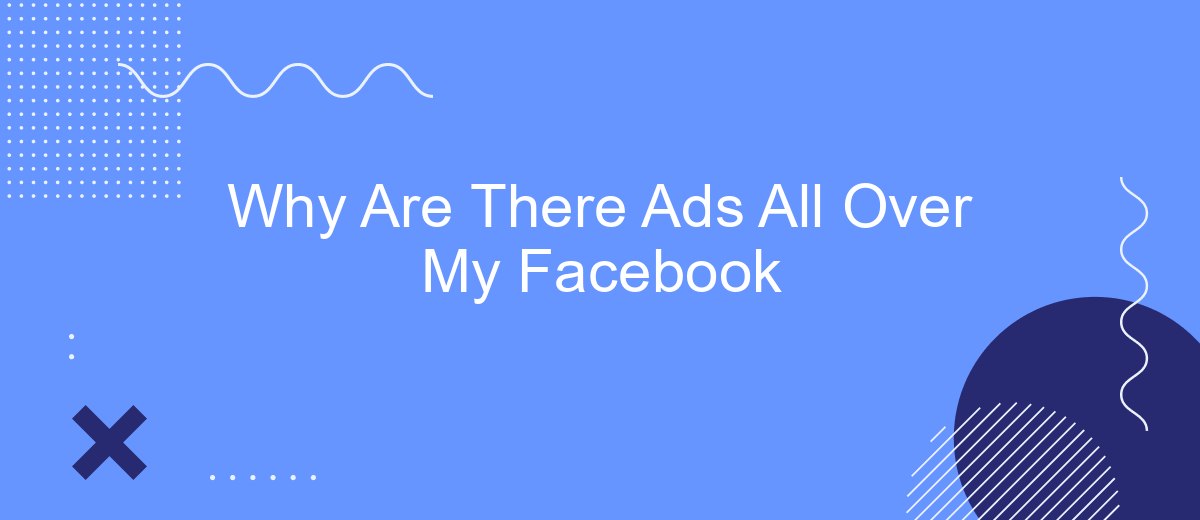In today's digital age, Facebook has become an integral part of our daily lives, connecting us with friends, family, and global communities. However, many users have noticed an increasing number of advertisements cluttering their news feeds. This article explores the reasons behind the surge of ads on Facebook, shedding light on the platform's business model and the impact on user experience.
Facebook Ad Revenue Model
Facebook's ad revenue model is designed to maximize profits by leveraging user data to deliver targeted advertisements. By analyzing user behavior, interests, and demographics, Facebook can present ads that are more likely to engage users and drive conversions. This precision targeting is what makes Facebook ads so attractive to businesses of all sizes.
- Targeted Advertising: Facebook uses algorithms to show ads based on user data.
- Ad Auctions: Businesses bid for ad placements, and the highest bidder wins the spot.
- Integration Services: Tools like SaveMyLeads help businesses streamline their ad campaigns by automating lead data integration.
By utilizing services such as SaveMyLeads, businesses can efficiently manage and optimize their Facebook ad campaigns. These integrations allow for seamless data transfer, reducing manual effort and increasing the effectiveness of ad targeting. As a result, companies can focus on strategy and creative aspects, ensuring their ads reach the right audience at the right time.
Targeting and Personalization

Facebook's advertising model heavily relies on targeting and personalization to deliver relevant ads to its users. By leveraging data from user profiles, behaviors, and interactions, Facebook can create detailed user profiles that help advertisers reach their desired audience with precision. This means that the ads you see are often tailored to your interests, hobbies, and even recent online activities, making them more relevant and engaging.
To further enhance the effectiveness of ad targeting, businesses can use services like SaveMyLeads, which streamline the integration of various data sources into Facebook's advertising platform. SaveMyLeads allows companies to automate the transfer of lead information from different platforms directly into Facebook, ensuring that the data used for ad targeting is always up-to-date and accurate. This seamless integration helps businesses optimize their ad campaigns and improve their return on investment by ensuring that their ads reach the most relevant audience.
Sponsored Content and Native Ads

Sponsored content and native ads are types of advertising that blend seamlessly into the content you see on Facebook. These ads are designed to look and feel like regular posts from your friends or pages you follow, making them less intrusive and more engaging. Unlike traditional ads, native ads match the format, style, and voice of the platform they appear on, providing a more organic user experience.
- Sponsored Content: These are posts that businesses pay to promote. They appear in your news feed and are marked as "Sponsored" to distinguish them from regular posts.
- Native Ads: These ads are integrated into the platform's content and are designed to look like part of the user experience. They can appear in various forms, such as in-feed ads, recommended content, or sponsored articles.
For businesses looking to streamline their ad campaigns, services like SaveMyLeads can be incredibly useful. SaveMyLeads allows you to automate the process of collecting and managing leads from your Facebook ads, making it easier to track and optimize your advertising efforts. By integrating SaveMyLeads with your Facebook account, you can ensure that your sponsored content and native ads reach the right audience more effectively.
Data Collection and Usage

Facebook collects a vast amount of data from its users to deliver targeted advertisements. This data includes information from your profile, such as age, gender, and location, as well as your activity on the platform, like posts you interact with and pages you follow. Additionally, Facebook tracks your behavior across other websites and apps through cookies and similar technologies.
All this collected data is then analyzed to create a detailed profile of your interests and preferences. This allows advertisers to reach specific audiences with tailored ads, increasing the chances of engagement and conversions. Facebook also uses this data to measure the effectiveness of ads and improve their advertising algorithms.
- Profile information: age, gender, location
- Activity data: posts, likes, shares
- Behavioral data: browsing history, app usage
For businesses looking to optimize their ad campaigns, services like SaveMyLeads can be invaluable. SaveMyLeads offers easy integration with Facebook Ads, allowing seamless data transfer and real-time lead generation, ensuring that your advertising efforts are as effective and efficient as possible.
Earning Opportunities for Businesses
Facebook offers a myriad of earning opportunities for businesses through its advertising platform. By leveraging targeted ads, businesses can reach a specific audience based on demographics, interests, and behaviors, maximizing their marketing efforts. This precision targeting allows companies to allocate their advertising budget more efficiently, ensuring that their ads are seen by potential customers who are most likely to engage with their products or services. Additionally, Facebook's analytics tools provide valuable insights into ad performance, enabling businesses to refine their strategies and optimize their campaigns for better results.
Moreover, integrating Facebook ads with other marketing tools can further enhance earning opportunities. Services like SaveMyLeads simplify the process of connecting Facebook ad campaigns with various CRMs and email marketing platforms. This seamless integration ensures that leads generated from Facebook ads are automatically captured and nurtured, reducing the chances of missing potential customers. By automating lead management, businesses can focus on converting leads into sales, thereby increasing their revenue and achieving a higher return on investment from their advertising efforts.
FAQ
Why are there so many ads on my Facebook feed?
Can I control the types of ads I see on Facebook?
Why do I see ads for products I recently searched for online?
How can I reduce the number of ads on my Facebook feed?
Is there a way to automate the management of my Facebook ads preferences?
Would you like your employees to receive real-time data on new Facebook leads, and automatically send a welcome email or SMS to users who have responded to your social media ad? All this and more can be implemented using the SaveMyLeads system. Connect the necessary services to your Facebook advertising account and automate data transfer and routine work. Let your employees focus on what really matters, rather than wasting time manually transferring data or sending out template emails.
